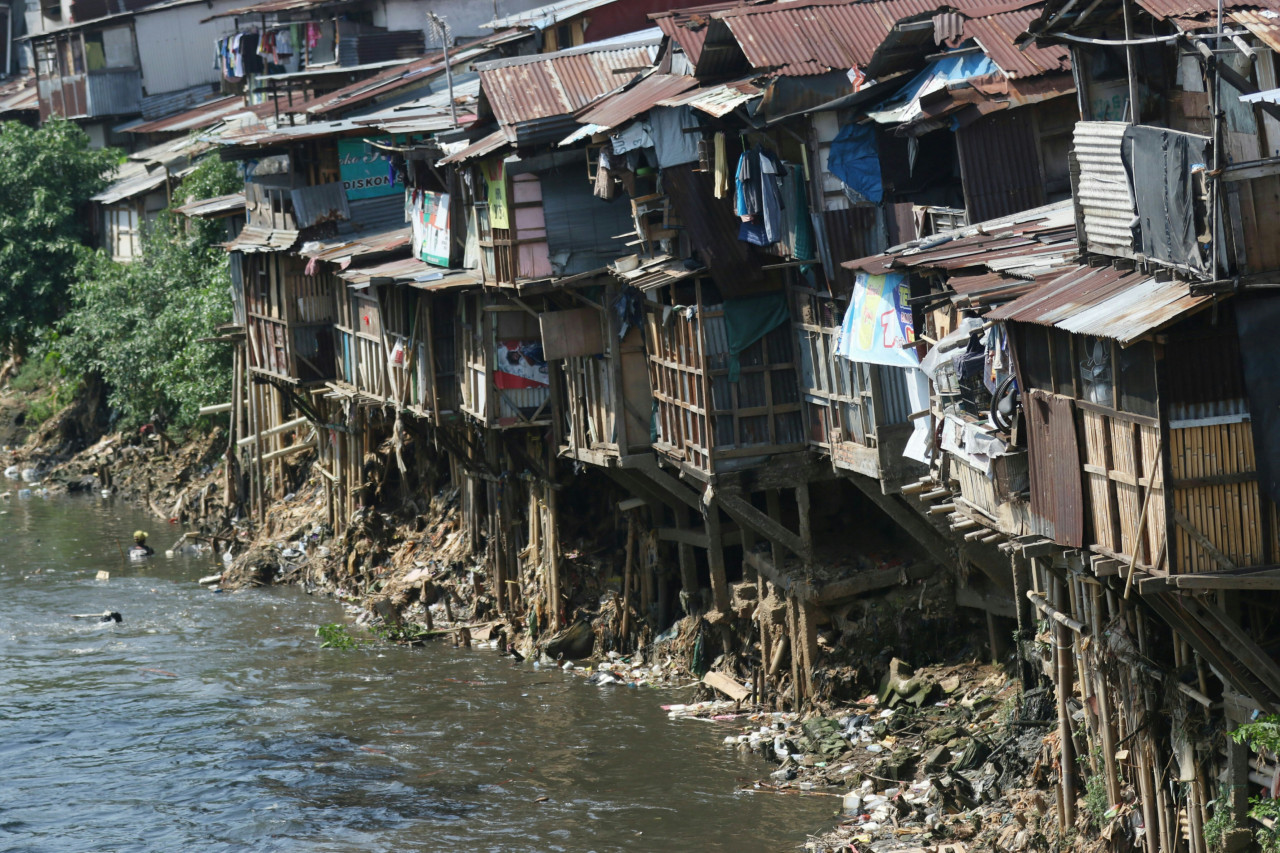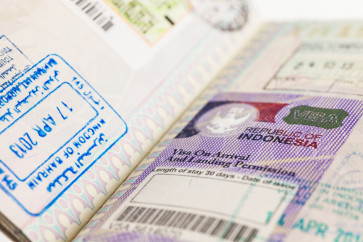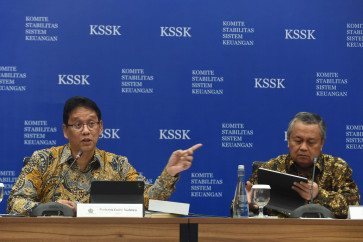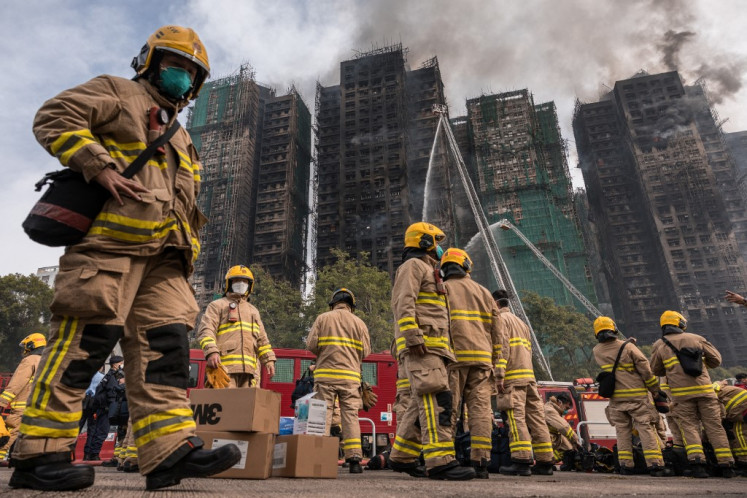Popular Reads
Top Results
Can't find what you're looking for?
View all search resultsPopular Reads
Top Results
Can't find what you're looking for?
View all search resultsPoverty rate drops but inequality does not
The domestic poverty rate has dropped to 9.54 percent of the population, or 26.16 million people, Statistics Indonesia (BPS) has reported, but income inequality remains high.
Change text size
Gift Premium Articles
to Anyone
T
he easing of pandemic-related travel and activity restrictions since late last year has helped bring down the poverty rate in Indonesia, but that has done nothing to improve income inequality in Southeast Asia’s biggest economy.
Statistics Indonesia (BPS) reported on July 15 that the domestic poverty rate had dropped to 9.54 percent of the population, or 26.16 million people, in March.
While that marks a decrease of 0.17 percentage points from the last survey, which was conducted in September 2021, it hardly makes Indonesia a more equal society, as BPS reported on the same day that the Gini ratio had increased by 0.003 to 0.384.
The Gini ratio, also called the Gini coefficient, is an indicator of inequality, where zero represents complete equality and 1 represents total inequality.
“Poverty is indeed decreasing, and it is currently happening all over the islands [of Indonesia]. But the Gini ratio points in a different direction,” BPS head Margo Yuwono said at the biannual poverty rate press conference in Jakarta.
In September 2020, roughly half a year after COVID-19 hit the country, domestic poverty skyrocketed to 10.19 percent, setting back the archipelagic nation to a level last seen in 2017.
The government upped spending on subsidies and social security through the National Economic Recovery (PEN) program to soften the economic blow of the pandemic and the related activity restrictions and – more recently – the pain of rising inflation.
Read also: Controlling subsidized fuel
The poverty rate has been on an improving trend since the September 2020 peak above 10 percent, but it has yet to come back down to the pre-pandemic level of 9.22 percent seen in September 2019.
Similarly, the domestic inequality rate is still higher than before the virus hit the global economy. It was measured at 0.380 in September 2019.
The Gini coefficient in urban areas rose by 0.005 from the September 2021 reading to 0.403 in March of this year, reflecting a widening gap between rich and poor city dwellers, while rural inequality remains unchanged as the Gini ratio stayed at 0.314.
“Rising prices can [be a burden on] consumer spending. Price pressure is seen in both urban and rural areas,” said Margo.
Despite the inflationary pressure, poverty in rural areas as of March is down 0.24 percentage points at 12.29 percent, which is better than the pre-pandemic rate of 12.60 percent recorded in September 2019.
Poverty in urban areas also declined, albeit at a slower rate, falling by 0.1 percentage points since September 2021 to 7.50 percent in March of this year. However, the latest figure is still much higher than the pre-pandemic level of 6.56 percent measured in September 2019.
“The economic recovery that occurred in the first quarter of 2022 [contributed to a] reduction in poverty. If the economic recovery improves, then poverty will also decrease,” Margo explained.
Read also: Inflation soars more than expected, driven by higher food prices
Due to rising inflation, which reached a year-on-year (yoy) rate of 4.35 percent in June, the poverty line increased by 3.97 percent since September 2021 to Rp 505,469 (US$33).
Anyone earning below that amount is considered to be unable to meet their basic needs and is defined as poor by BPS.
Food prices have increased significantly in recent months amid a drastic increase in the price of fertilizer, partly because of Western sanctions imposed on Russia, coupled with a global wheat shortage due to trade restrictions in various countries.
BPS data show that inflation in goods with volatile prices increased 10 percent yoy in June, with the category of food, beverages and tobacco up 8 percent yoy.
“The food group [comprises the goods] that the poor consume the most, and [that group] has increased the most in price,” Margo added.
Institute for Development of Economics and Finance (INDEF) economist Abdul Manap warned that the poverty rate in 2022 could worsen if inflation continued to rise, degrading consumers’ purchasing power and hitting in particular those who had little room for extra spending on food.
While appreciating central government efforts aimed at alleviating poverty, Abdul said he believed that, in most cases, regional administrations did not implement the policies thoroughly due to mismatched data.
He urged authorities to synchronize their data based on current demographic conditions so as to ensure social aid programs were targeted to benefit the recipients with the greatest need.
“Some time ago, we all heard about civil servants that had passed away still receiving salaries. So, things like this must be addressed in the future,” Abdul told The Jakarta Post on Monday.










